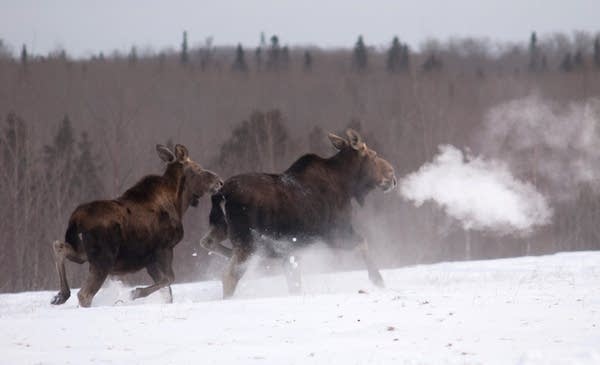Feds reject petition to place moose on endangered species list

A moose calf follows its mother in the snow near Grand Marais, Minn.
Pete Takash | Minnesota DNR file via AP 2015
Go Deeper.
Create an account or log in to save stories.
Like this?
Thanks for liking this story! We have added it to a list of your favorite stories.


